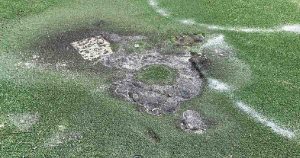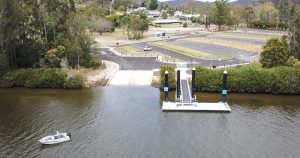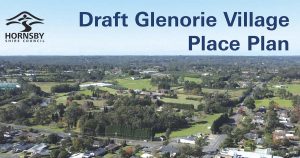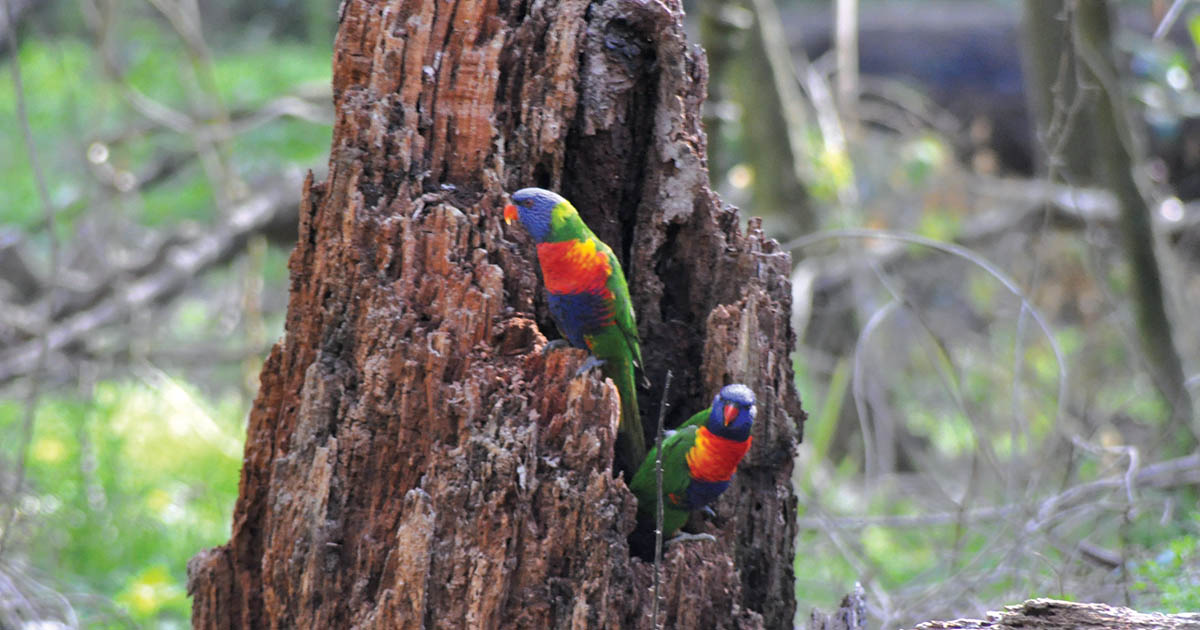
Very old and large trees have the capacity to provide nesting hollows for all manner of Australian wildlife including mammals, reptiles and of course birds. But naturally formed hollows in trees have become scarce due to the removal of these old trees to make way for housing development and agriculture.
Not just any tree hollow will suit a particular bird. Factors such as the angle of entry access, as well as the size of that entry and the depth of the hollow, all have an influence on whether a particular bird species will feel adequately protected in order to successfully breed a new generation.
It has been suggested that it may take up to 200 years for hollows to form that will enable larger birds and animals to find a suitable hollow in which to make their home.
Trees which have been subject to a disease or insect attack, as well as having weather or fire related damage, are ideal for nature to help in the forming of suitable hollows. Approaching their breeding season birds can be seen “renovating” an existing hollow to better meet their specific needs.
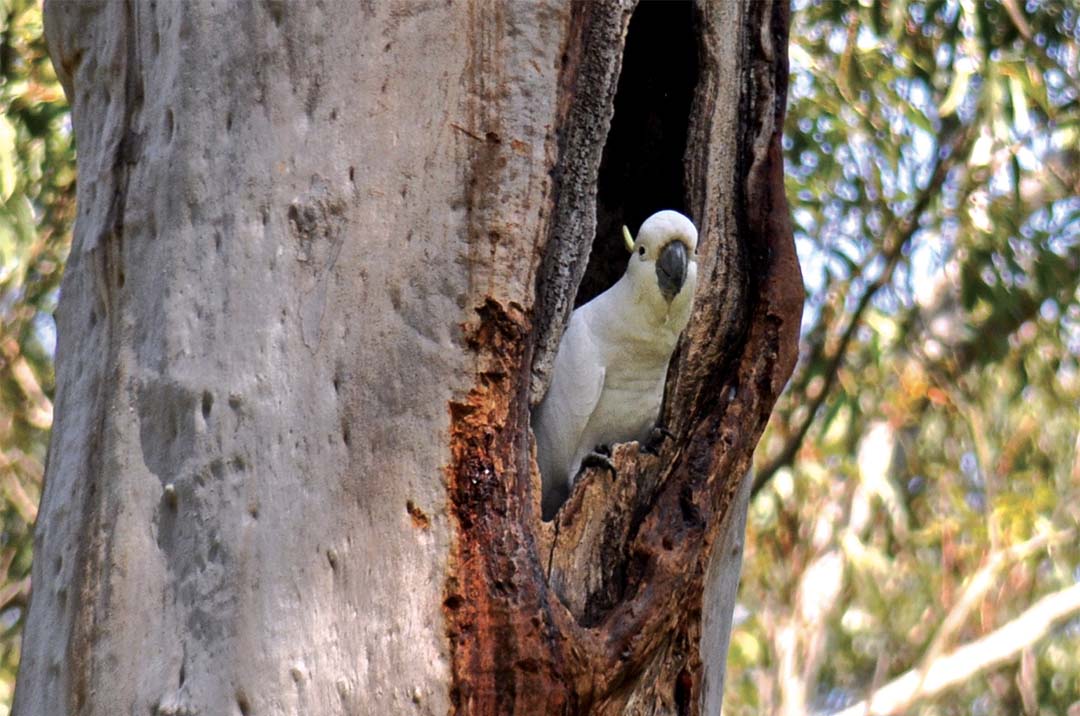
In the absence of adequately formed natural hollows, artificial hollows or bird boxes, can be constructed from suitable weather proof materials to provide a source of accommodation to replace those hard to find naturally formed hollows. The Kenthurst Mens Shed may still have a range of hand made boxes that have been designed to meet the needs of a variety of birds.
This year the “Aussie Backyard Bird Count” will be held during Bird Week from Monday October 14th to Sunday October 20th. For more information enter this web address into your browser – https://aussiebirdcount.org.au
The Community Environment Centre will be hosting a “Do You Know That Bird” workshop on Thursday October 17th at 10.00 am.

